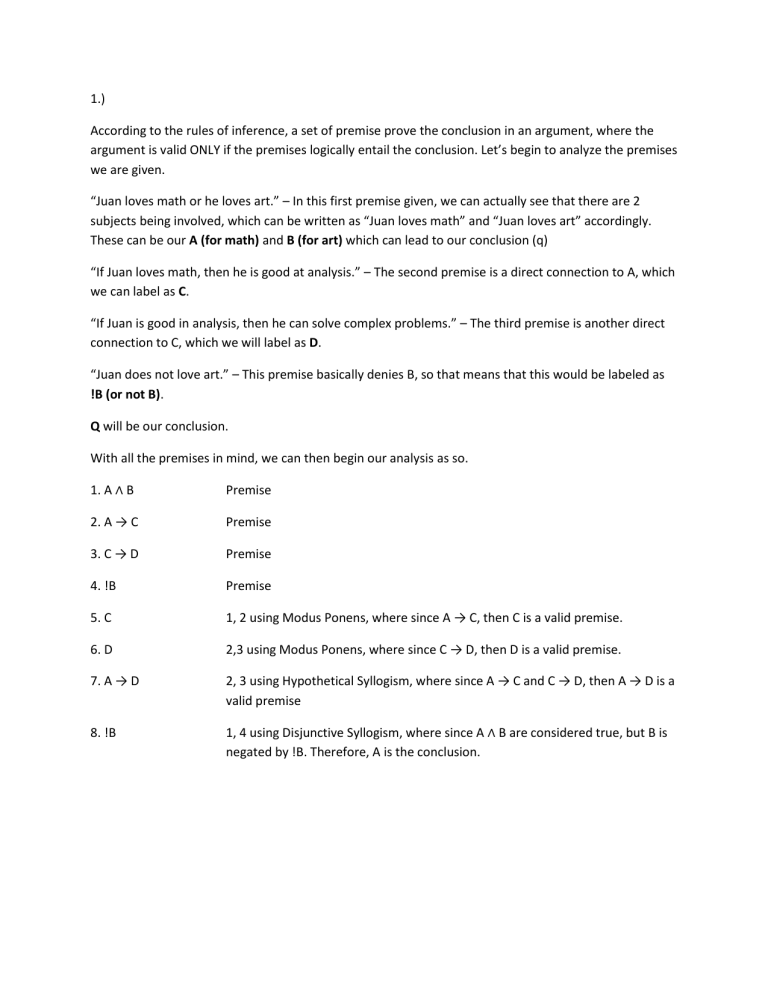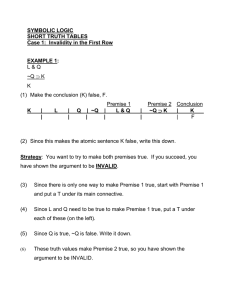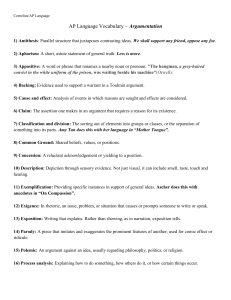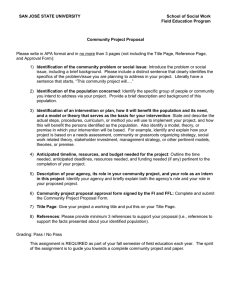
1.) According to the rules of inference, a set of premise prove the conclusion in an argument, where the argument is valid ONLY if the premises logically entail the conclusion. Let’s begin to analyze the premises we are given. “Juan loves math or he loves art.” – In this first premise given, we can actually see that there are 2 subjects being involved, which can be written as “Juan loves math” and “Juan loves art” accordingly. These can be our A (for math) and B (for art) which can lead to our conclusion (q) “If Juan loves math, then he is good at analysis.” – The second premise is a direct connection to A, which we can label as C. “If Juan is good in analysis, then he can solve complex problems.” – The third premise is another direct connection to C, which we will label as D. “Juan does not love art.” – This premise basically denies B, so that means that this would be labeled as !B (or not B). Q will be our conclusion. With all the premises in mind, we can then begin our analysis as so. 1. A ∧ B Premise 2. A → C Premise 3. C → D Premise 4. !B Premise 5. C 1, 2 using Modus Ponens, where since A → C, then C is a valid premise. 6. D 2,3 using Modus Ponens, where since C → D, then D is a valid premise. 7. A → D 2, 3 using Hypothetical Syllogism, where since A → C and C → D, then A → D is a valid premise 8. !B 1, 4 using Disjunctive Syllogism, where since A ∧ B are considered true, but B is negated by !B. Therefore, A is the conclusion.


